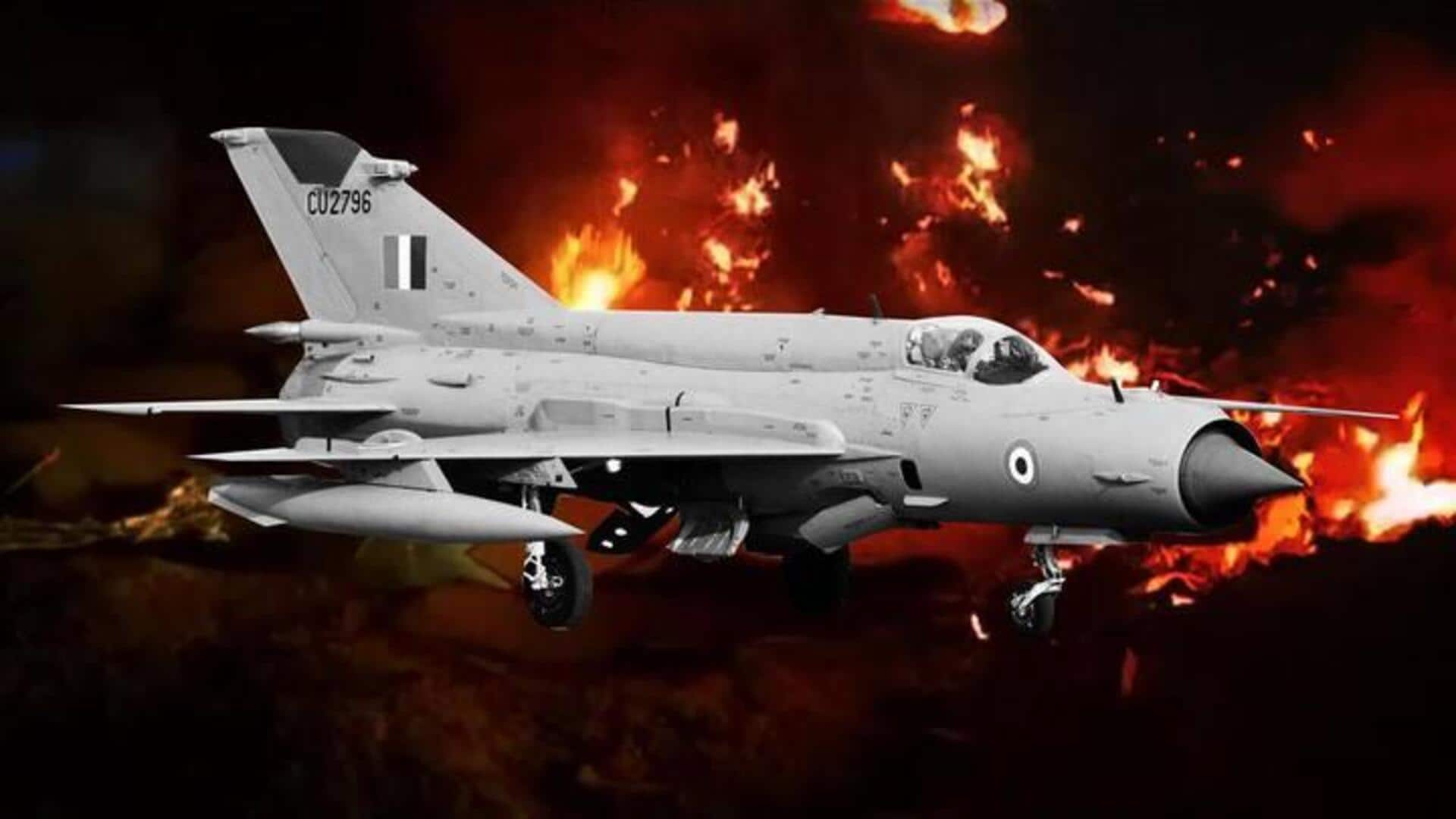
India bolsters air defense amid global tensions: Report
What's the story
In response to escalating global unrest, India has significantly enhanced its air defense capabilities, a report said on Friday. The country has developed both endo-atmospheric and exo-atmospheric intercept systems, designed to neutralize incoming hostile missiles within and beyond atmospheric boundaries. This move comes in the wake of the recent Iran-Israel conflict where Israel's robust multi-layered air defense network successfully intercepted hundreds of ballistic missiles and drones launched by Iran last week.
Defense arsenal
Diverse systems to encounter aerial threats in Indian military
Indian military has a diverse system to counter aerial threats, the report added. These include enemy missiles, fighter jets, helicopters, and unmanned aerial vehicles at different ranges. The arsenal comprises the S-400 air defense missile systems, medium-range surface-to-air missile systems developed alongside Israel, and indigenous weapons like Akash and Samar. India's arsenal also includes the Israeli SpyDer, Soviet-origin systems such as Pechora, OSA-AK, Tunguska, Strela, and Shilka, Zu-23-2B anti-aircraft guns, upgraded L-70 anti-aircraft guns and the Igla MANPADS.
Missile defense
Major advancements in Ballistic Missile Defense
In November 2022, India's Defence Research and Development Organisation (DRDO) successfully tested a long-range interceptor missile called AD-1 for both exo-atmospheric and endo-atmospheric interception of ballistic missiles. Additionally, an indigenous long-range surface-to-air missile system is being developed under DRDO's Project Kusha with a maximum range of 350km. The organization has also developed a very short-range air defense system (VSHORADS) that can handle low altitude aerial threats at short ranges.
Defense contracts
Major contracts inked to enhance India's air defense
Notably, in March, the defense ministry signed five contracts worth ₹39,125 crore to enhance air defense capabilities. These included two contracts with Larsen & Toubro Limited for close-in weapon systems (CIWS) worth ₹7,668.82 crore and high-power radars (HPR) with advanced surveillance features for ₹5,700 crore. These contracts signify India's commitment to strengthening its air defense infrastructure amid rising global tensions.